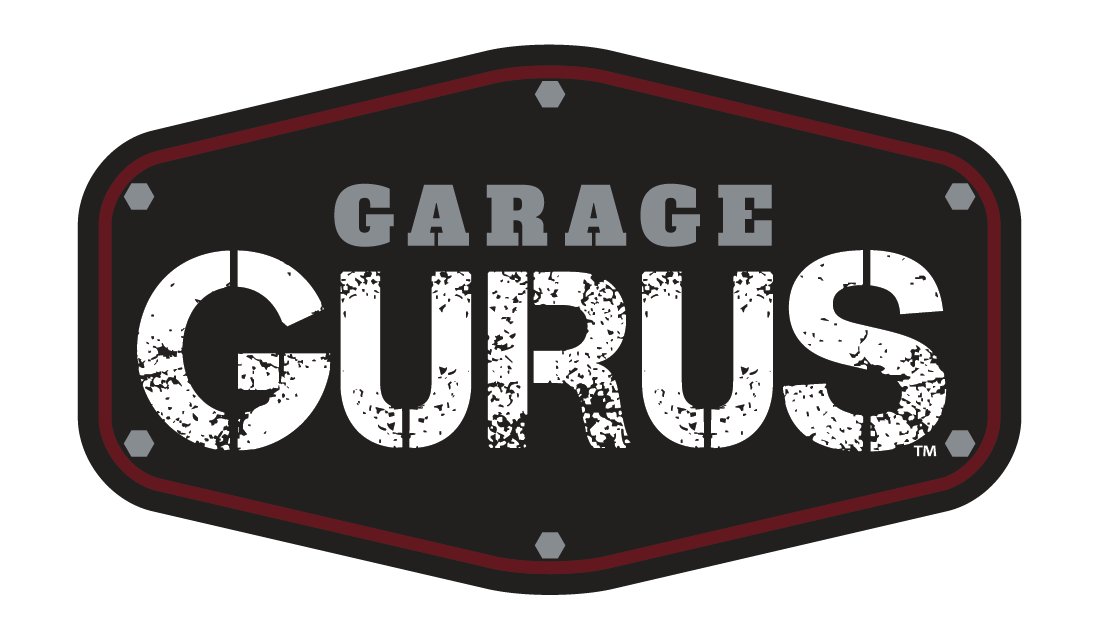In this section, you will find the different product categories where we offer aftermarket parts, plus the content that we have available for each, including training courses, technical articles, installation guides, and videos to help diagnosing possible issues.
It’s our goal to provide you with the very best technical information that can assist you in your work, helping you to efficiently complete tasks in the right way and allowing you to avoid any possible warranty problems or issues that may arise from incorrect fitting or handling of parts.
We also want to share with you all the tips and tricks that our master technicians have learnt over their many years’ experience of working with each product category.
Simply decide what product category is beneficial to you and choose the course/video/article that fits your requirements. It’s that easy to enhance your knowledge.
Product categories
Do I need to bleed the brakes if I change the pads? What are the signs that disc brakes need replacing? Are there any notable symptoms of worn brake pads? The answers to these and many more possible braking issues, such as what’s causing any unusual noises, are all covered in our technical braking content.
You might often be asked to identify, diagnose and fix vehicle exhaust problems, but do you have the knowledge to detect the causes, such as blockages, leaks and loose fittings? Would you know what the issues are behind an exhaust system that is increasingly noisy under acceleration or the loss of power?
This section covers the various systems that feature in a conventional internal combustion engine, the many components within the engine (spanning pistons and rings to valvetrains and bearings), the differences between petrol and diesel ignition systems and how to troubleshoot issues with both technologies.
In this area, you can learn about components that are commonly replaced at scheduled service intervals, such as the different types of filters, spark plugs and parts of the lighting system.
It’s imperative that shocks and struts are in good condition if a vehicle is to stop, ride and handle as the manufacturer intended. To ensure safety and performance, it is also important that both components are always replaced in pairs.
The steering and suspension systems play a major role in determining the comfort, safety, ride and handling of a vehicle, while also making a significant contribution to how enjoyable a car is to drive.
Do I need to bleed the brakes if I change the pads? What are the signs that disc brakes need replacing? Are there any notable symptoms of worn brake pads? The answers to these and many more possible braking issues, such as what’s causing any unusual noises, are all covered in our technical braking content.
You might often be asked to identify, diagnose and fix vehicle exhaust problems, but do you have the knowledge to detect the causes, such as blockages, leaks and loose fittings? Would you know what the issues are behind an exhaust system that is increasingly noisy under acceleration or the loss of power?
This section covers the various systems that feature in a conventional internal combustion engine, the many components within the engine (spanning pistons and rings to valvetrains and bearings), the differences between petrol and diesel ignition systems and how to troubleshoot issues with both technologies.
In this area, you can learn about components that are commonly replaced at scheduled service intervals, such as the different types of filters, spark plugs and parts of the lighting system.
It’s imperative that shocks and struts are in good condition if a vehicle is to stop, ride and handle as the manufacturer intended. To ensure safety and performance, it is also important that both components are always replaced in pairs.
The steering and suspension systems play a major role in determining the comfort, safety, ride and handling of a vehicle, while also making a significant contribution to how enjoyable a car is to drive.


 English
English